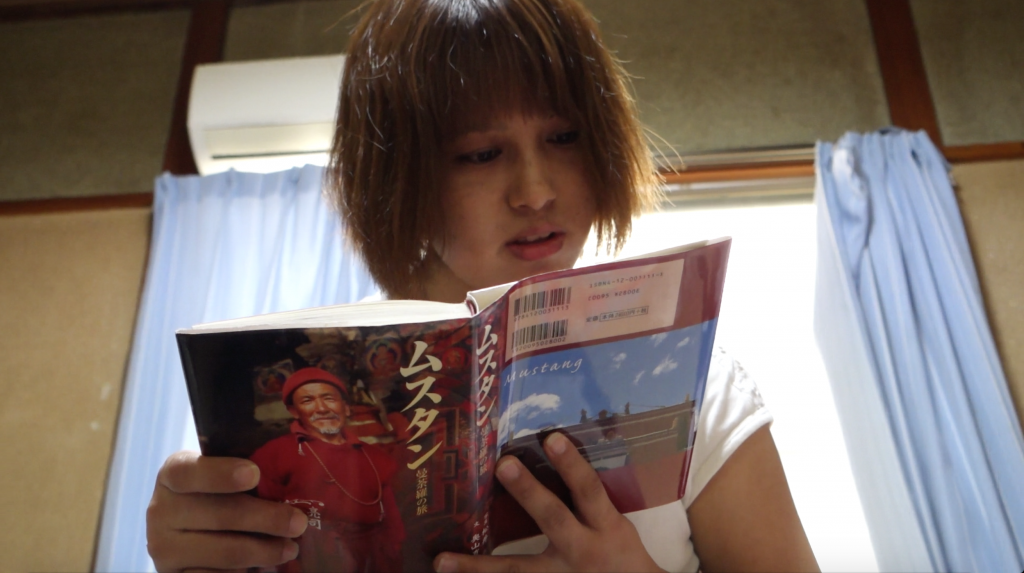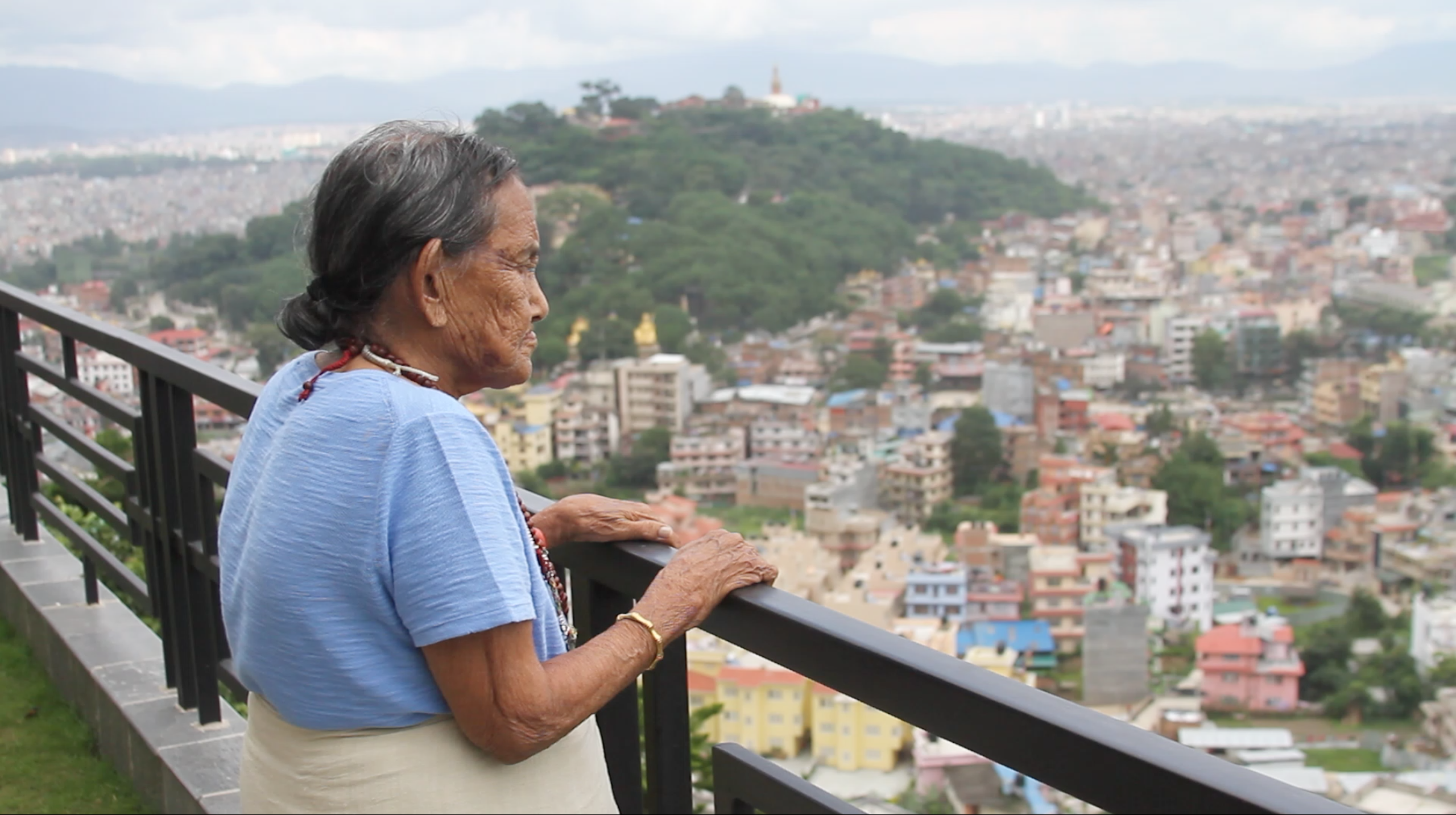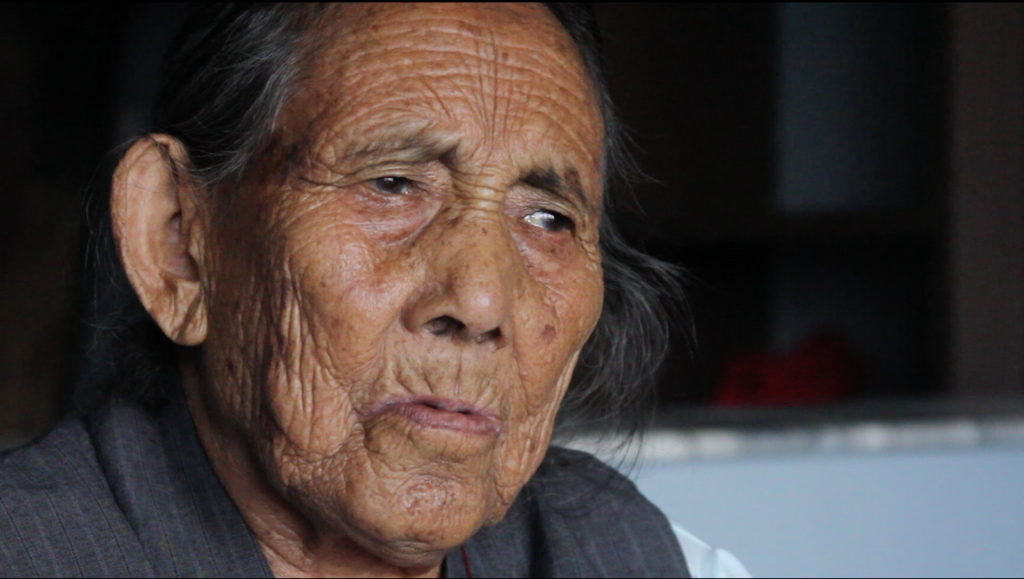August 23rd, 2017
I’m sitting in Delhi airport after the first leg of my trip, which involved filming and interviewing Ebi. It had been two years since I last saw her. Since then, she’s maintained her sense of humor and sharp memory, although it’s easy to see that those two years have definitely taken a toll on her body. She spends most of her time praying on her bed. To stretch her legs, she might shuffle across the room to sit on the couch, or walk to the front of the house, or make her way over to the bathroom. You can hear groan at every step, mumbling about her aching knees or the pain in her feet, and it’s moments like those where it becomes hard to keep the camera rolling and remain a passive viewer.
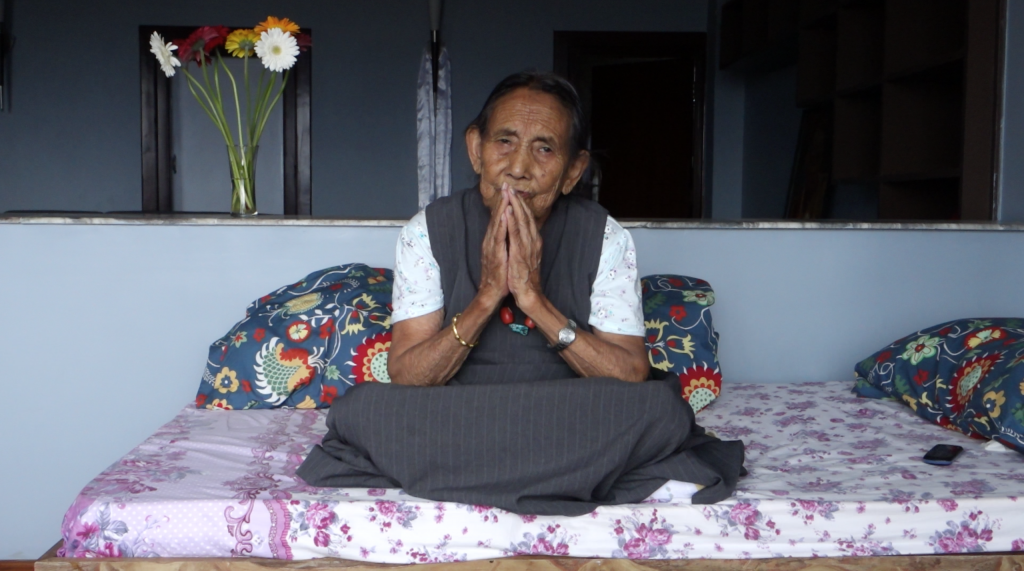
As a visual journalist, all I’ve ever wanted and tried to be is invisible. In the field, you do your best to capture moments in their purest forms, but here, in documenting someone I have a very personal connection to, objectivity is and was never an option. Looking at my 97-year-old grandma through the lens of a camera instead of directly into her eyes, and knowing very well that this may be the last time I see her (she says her time is coming soon —half in jest, half in seriousness— and adds that she’ll hold on to life if I come back to visit her next year), was painful and perceptive. Since I was shooting handheld most of the time, I did put the camera down when I noticed discomfort, irritation, or just felt like I should hold her hand as she walked to the bathroom instead of continuing to record.
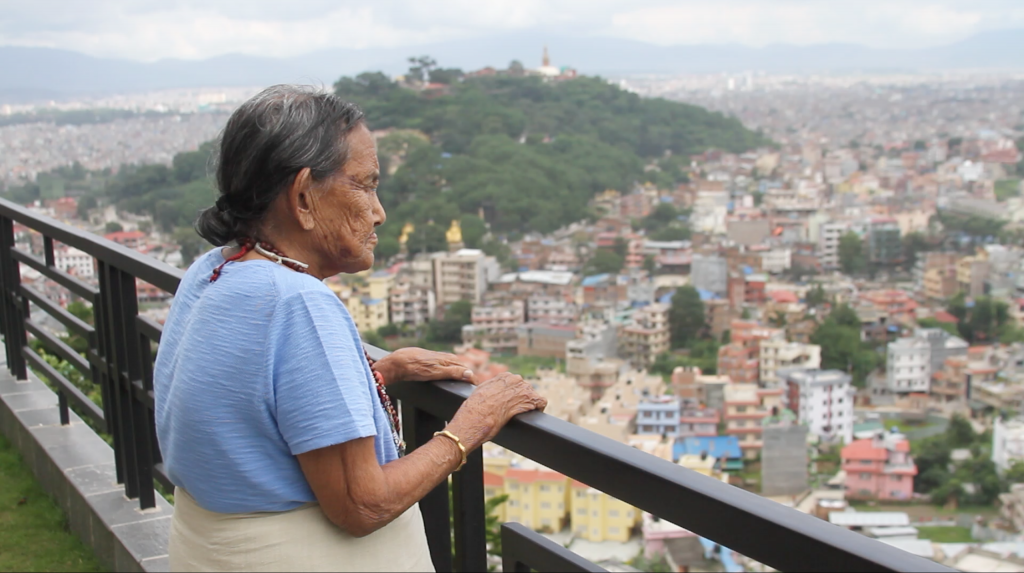
Even with these bumps in the road, spending nine full days by her side was awesome. Ebi’s lighthearted nature is magnetic. And yes, asking her challenging questions that I knew would solicit upsetting answers (i.e. How do you feel knowing most of your grandchildren don’t speak Mustangi?) was difficult, but I think we both unearthed a lot from this process– about ourselves, the future of our family and that of our people.
August 29th, 2017
My time in Japan has reached its midpoint and in a slight change of plans, I’ve discovered two interview subjects here instead of one. I came to Tokyo to document the day-to-day of my Japanese-Nepali cousin Miki. But Zenden, my Nepali cousin who moved to Kagoshima, came to visit and I ended up spending more time with her than with Miki.
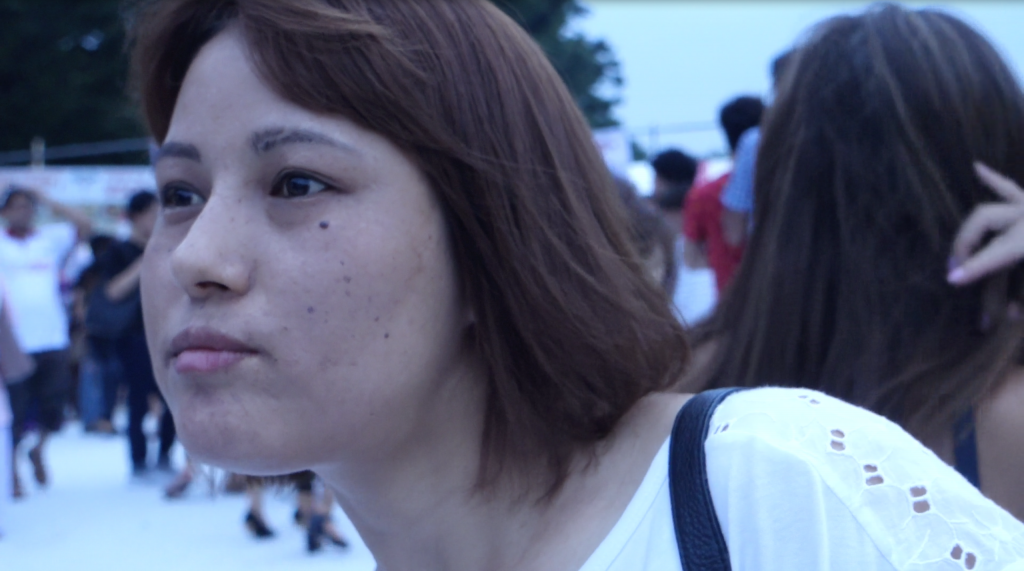
Tokyo is a particularly remarkable place to experience, but seeing how my cousins have embedded themselves into this world has been even more interesting to witness. Zenden says she thinks in Japanese now; it’s become more natural to her than Nepali, a language she spent most of her life with. Unfortunately she left for Kagoshima without being interviewed, but I plan on conducting one with her through Skype. This makes me wonder about the format of my final piece, which I am starting to imagine as a combination of audio recordings and video clips interspersed throughout text, rather than a clean-cut short-doc piece. I am also beginning to see the possibility of expanding this project beyond these five women.
